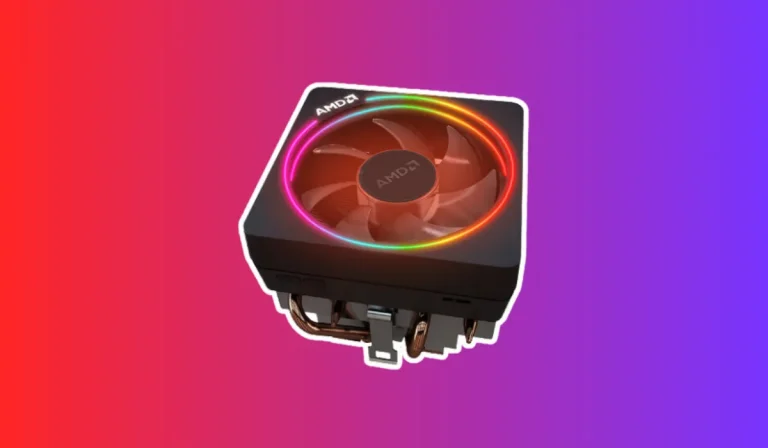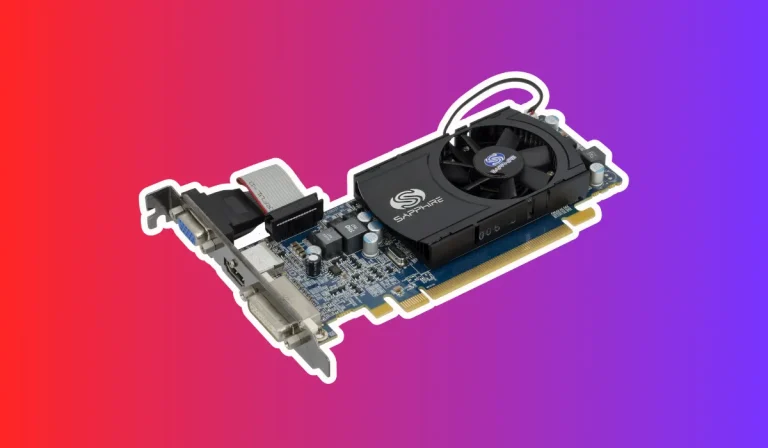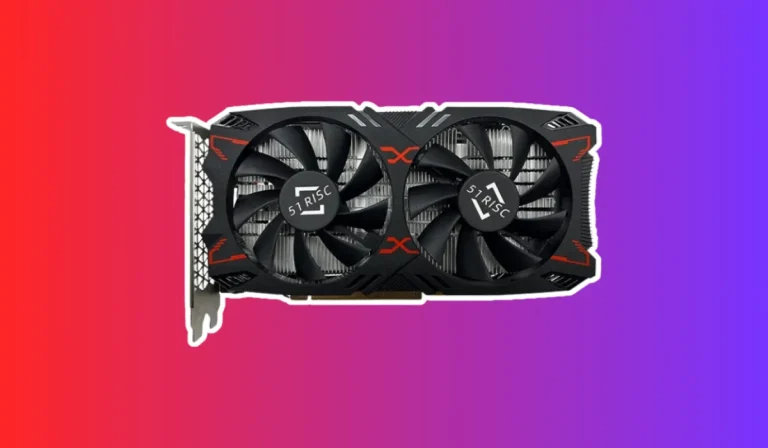How much does overclocking shorten GPU life?
Are you ready to push your gaming experience to new heights? Overclocking has gained immense popularity among gamers and PC enthusiasts, offering a way to maximize the performance of their GPUs. We’ll explore why overclocking has become so widespread and provide a brief explanation of what overclocking entails.
Does Overclocking Shorten the GPU Lifespan?
Debunking Common Misconceptions
There is a common misconception that overclocking significantly shortens the lifespan of a GPU. While it is true that pushing a GPU beyond its factory-set limits can increase stress and heat generation, modern GPUs are designed to handle a certain level of overclocking without causing immediate harm. Manufacturers take into account the potential for overclocking and build GPUs with robust components that can withstand higher loads.
Understanding Factors that Contribute to GPU Lifespan
The lifespan of a GPU is influenced by various factors, including its quality, manufacturing standards, and overall usage. A GPU with high-quality components and excellent manufacturing standards is likely to have a longer lifespan, even if it undergoes moderate overclocking. On the other hand, a lower-quality GPU may experience a shorter lifespan, even without overclocking.
Additionally, the way a GPU is used also plays a crucial role. Factors such as temperature, power delivery, and stability can impact the longevity of the GPU. Overclocking can increase power consumption and generate more heat, which may lead to accelerated wear and tear. However, if proper precautions are taken to manage temperatures and ensure stable power delivery, the impact on GPU lifespan can be minimized.
The Impact of Overclocking on Temperature and Power Consumption
One of the primary concerns with overclocking is the increase in temperature. When a GPU is overclocked, it runs at higher clock speeds, resulting in increased heat output. This can potentially lead to higher operating temperatures, which, if not managed properly, can affect the lifespan of the GPU.
Similarly, overclocking can also lead to increased power consumption. As the GPU operates at higher clock speeds, it requires more power to perform efficiently. This increased power draw can put additional stress on the power delivery components of the GPU. However, with a well-designed power supply and adequate cooling solutions, this impact can be mitigated.
Factors Affecting Overclocking and GPU Lifespan
Quality of GPU Components and Manufacturing Standards
The quality of GPU components and the manufacturing standards employed play a vital role in determining the overall lifespan of a GPU, whether it is overclocked or not. Higher-quality components, such as capacitors, voltage regulators, and cooling solutions, are designed to handle increased stress and heat generated during overclocking. GPUs manufactured with stricter standards and rigorous testing are more likely to have a longer lifespan, even with overclocking.
Cooling Solutions and Heat Management
Effective cooling solutions are crucial for maintaining optimal operating temperatures and ensuring the longevity of a GPU. Overclocking increases the heat output of the GPU, making proper cooling even more critical.
Maintaining a consistently low temperature can help prevent thermal throttling and minimize the risk of damage to the GPU. Utilizing aftermarket cooling solutions, such as high-performance fans and heatsinks, can help dissipate heat effectively and prolong the lifespan of the GPU.
Power Delivery and Stability
A stable and reliable power supply is essential for overclocking a GPU without compromising its lifespan. Overclocking increases power consumption, which can strain the power delivery components of the GPU.
If the power supply is unable to handle the increased power demands, it may result in voltage fluctuations or inadequate power delivery, potentially causing instability or damage to the GPU. Investing in a high-quality power supply with sufficient wattage and stable voltage output can help mitigate these risks and ensure a longer GPU lifespan.
Best Practices for Overclocking and Extending GPU Lifespan
Gradual and Incremental Overclocking
When overclocking a GPU, it’s crucial to take an incremental approach rather than pushing it to its limits right away. Gradually increasing clock speeds and testing stability ensures that the GPU can handle the overclock without generating excessive heat or instability. This method allows users to find a balance between performance and longevity, as it minimizes the risk of damage caused by pushing the GPU too far.
Temperature Monitoring and Control
Monitoring the temperature of a GPU during overclocking is essential to prevent overheating and potential damage. Using software utilities that provide real-time temperature readings allows users to keep a close eye on the GPU’s temperature.
It’s important to ensure that the GPU remains within safe temperature limits, typically below 85°C, to avoid thermal throttling or permanent damage. Adequate cooling solutions, such as fans and heatsinks, along with proper airflow in the PC case, can help maintain optimal temperatures.
Stable Power Delivery and Voltage Regulation
A stable power supply is critical for overclocking and extending GPU lifespan. Investing in a high-quality power supply with sufficient wattage and stable voltage output helps ensure that the GPU receives consistent and clean power.
This minimizes the risk of voltage fluctuations or power surges that can harm the GPU’s components. Additionally, some GPUs offer voltage regulation features that allow users to control and optimize power delivery, further enhancing stability during overclocking.
Regular Cleaning and Maintenance
Keeping the GPU and its cooling components clean from dust and debris is essential for maintaining optimal performance and lifespan. Over time, dust accumulation can hinder airflow and increase operating temperatures, potentially affecting the GPU’s longevity. Regularly cleaning the GPU and its cooling solutions, such as fans and heatsinks, helps prevent overheating and ensures efficient heat dissipation.
FAQ’s
1. Does overclocking significantly reduce the lifespan of a GPU?
Overclocking can potentially shorten the lifespan of a GPU, as it increases power consumption and generates more heat. However, with proper cooling and voltage regulation, the impact on lifespan can be minimized.
2. Will overclocking void the warranty of my GPU?
Overclocking is generally considered an enthusiast activity and may void the warranty provided by the manufacturer. It’s essential to check the warranty terms and conditions before overclocking to avoid any potential issues.
3. How much can I safely overclock my GPU without risking damage?
The maximum safe overclock varies from GPU to GPU and depends on factors such as the quality of components and cooling solutions. It is recommended to gradually increase clock speeds, monitoring temperatures and stability, to find the optimal overclocking limit for your specific GPU.
4. Can overclocking cause my GPU to overheat?
Yes, overclocking can increase the heat output of a GPU.
Q5: Is it worth overclocking a GPU for better gaming performance?
Overclocking can provide a performance boost in certain scenarios, allowing for smoother gameplay and higher frame rates.
Conclusion
Overclocking can provide performance gains for gaming enthusiasts, but it’s crucial to approach it with caution and make informed decisions. By following best practices such as gradual overclocking, temperature monitoring, stable power delivery, and regular maintenance, users can extend the lifespan of their GPUs. It’s essential to consider individual needs and priorities before deciding to overclock, as the impact on lifespan may vary.





